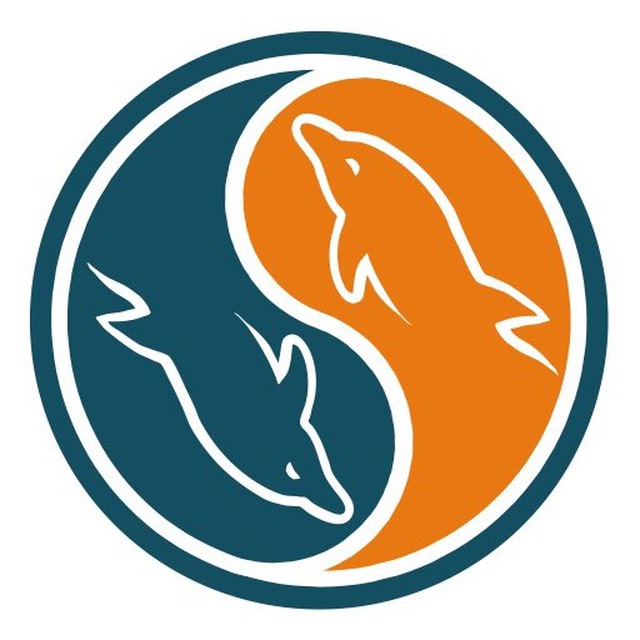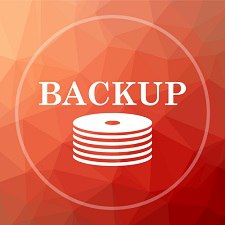F
Virtualization. We need more benchmarks in virtualized environments, as virtualization and the cloud are where most workloads are these days (by number). Yes, big iron and bare metal are where you get the best performance, but it’s not where most users are running MySQL. Whenever you are looking at full blown virtualization or containers, the performance profile can be substantially different from bare metal. Virtualized instances often have smaller CPU cores – getting the best performance with 8-16 virtual cores might be a more relevant data set for many than the performance with 100+ cores.
SSL and encryption. MySQL 5.7 was all about security. We’re supposed to be able to enable SSL easily, but was any work done on making it cheap? The benchmark Ernie Souhrada did a few years back showed a pretty high overhead (in MySQL 5.6). We need more focus on SSL performance, and getting it would allow more people to run MySQL with SSL. I would also love to see more benchmarks with encryption enabled, to understand better how much it costs to have your data encrypted “at rest,” and in what cases.
Protocol X and MySQL Doc Store. These were added after MySQL 5.7 GA, so it would be unfair to complain about the lack of benchmarks comparing the performance of those versus previous versions. But if Protocol X is the future, some benchmarks are in order. It would be great to have official numbers on the amount of overhead using MySQL Doc Store has compared to SQL (especially since we know that queries are converted to SQL for execution).
Replication benchmarks. There are a lot of great replication features in newer MySQL versions: statement/row/mixed, GTID or no GTID, chose multiple formats for row events, enable various forms of semi-sync replication, two ways of parallel replication and multi-source replication. Additionally, MySQL group replication is on the way. There seems to be very little comprehensive benchmarks for these features, however. We really need to understand how they scale and perform under various workloads.
Mixed workloads. Perhaps one of the biggest differences between benchmarks and real production environments is that in benchmarks the same workload often is used over and over, while in the real world there is a mix of “application workloads.” The real world also has additional tasks such as backups, reporting or running “online” ALTER TABLE operations. Practical performance is performance you can count on while also serving these types of background activities. Sometimes you can get a big surprise from the severity of impact from such background activities.
Compression benchmarks. There have been some InnoDB compression benchmarks (both for new and old methods), but they are a completely separate set of benchmarks that are hard to put in context with everything else. For example, do they scale well with high numbers of connections and large numbers of cores?
Long-running benchmarks. A lot of the benchmarks[...]
Complex queries. While MySQL is not an analytical database, it would still be possible to run complex queries with JOINs while the MySQL optimizer team provides constant improvements to the optimizer. It would be quite valuable to see how optimizer improvements affect query execution. We want to see how these improvements affect scalability with hardware and concurrency as well..
These are just some of ideas on what could be done. Of course, there are only so many things the performance engineering team can focus at the time: one can’t boil the ocean! My main suggestion is this: we have done enough deep optimizing of primary key lookups with sysbench on high concurrency and monster hardware, and it’s time to go wider. This ensures that MySQL doesn’t falter with poor performance on commonly run workloads. Benchmarks like these have much more practical value than beating one million primary key selects a second on a single server.






